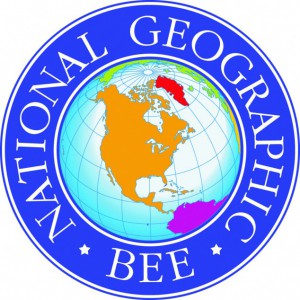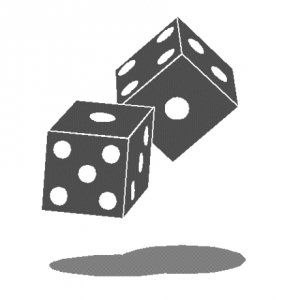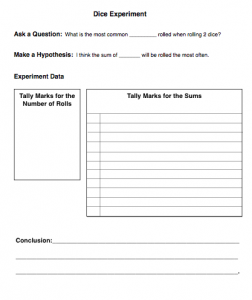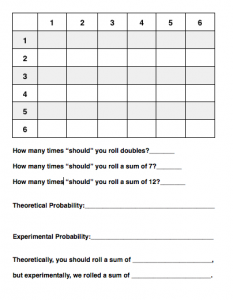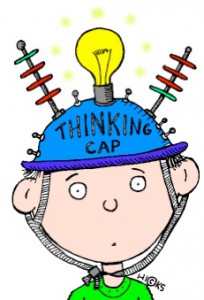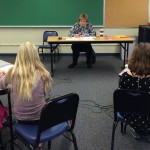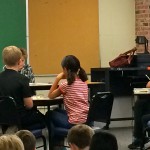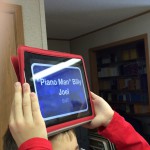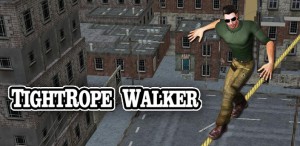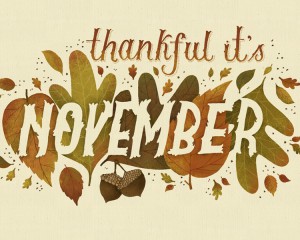Hello!
Wow, is this year flying by! From the “Choose Your Own Adventure” seminar, to the Spelling Bees, the Quiz Bowl and the Geography Bees, students have been taking advantage of a lot of great opportunities and we’ve been very busy!
Our big idea for the EY students this quarter is Current Events. We spent some time checking out student-appropriate news websites the first couple of times we met this quarter. More recently, I have introduced the project of the quarter. For this project, students are looking at the current events from 10 years before they were born to the first 10 years of their lives. For example, if they were born in 2003, their years are 1993 – 2013. Students who were born in 2005 are doing the years 1995 – 2014, so they get off a little easier. They will research and choose a local, national, and world current event and create a presentation. I used Google Slides to create a fantastic model timeline I shared with them, covering the years 1962 – 1982. To stretch them a little, we’re asking students to choose an event from those years and make a connection, saying how that event influenced their lives or personalities. For example, I shared about the 1975 tornado that tore through Omaha. I was only 3, but I have vivid memories of that day and the following days of viewing the destruction. Those memories have forced me to become extra-cautious now when it gets stormy. This project could lead to some interesting discussions at home. Be sure to ask your students about the events the students are learning about.
For E/I times during the school day, I have different classrooms doing different activities. I work with the classroom teachers to decide what’s best for their students, and E/I time activities are open to all. Some students are involved in Battle of the Book clubs, some meet with me for math, and some are doing independent or group projects.
I wanted to inform you that I’m having surgery December 3rd, so I will be out until after Winter Break. Students will be set up with plenty to do through the weeks of December. The timeline project outlined above will be due after Winter Break, so students have the month of December to work on it. I will be an e-mail away from December 3rd through the 19th, and your students are more than welcome to e-mail me at home if they have any questions. Also, please check out the other links on the EY websites – there are many great ideas!
Thanks!
Katie Sindt
